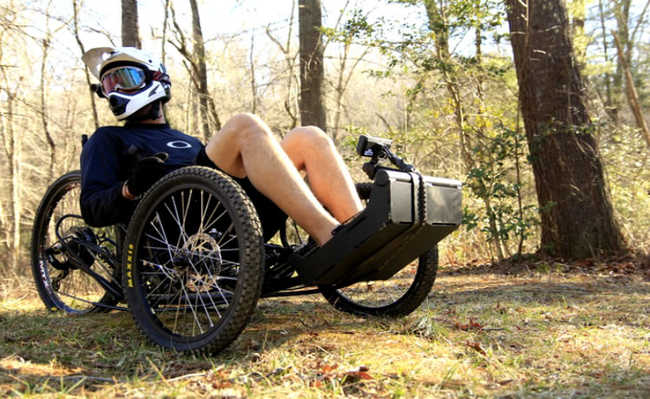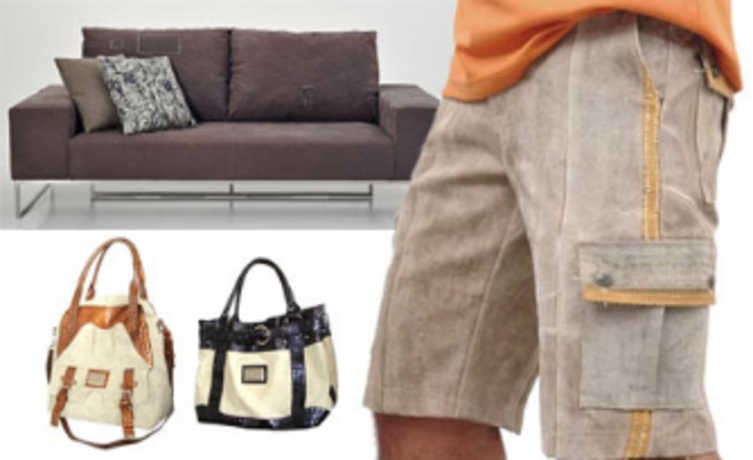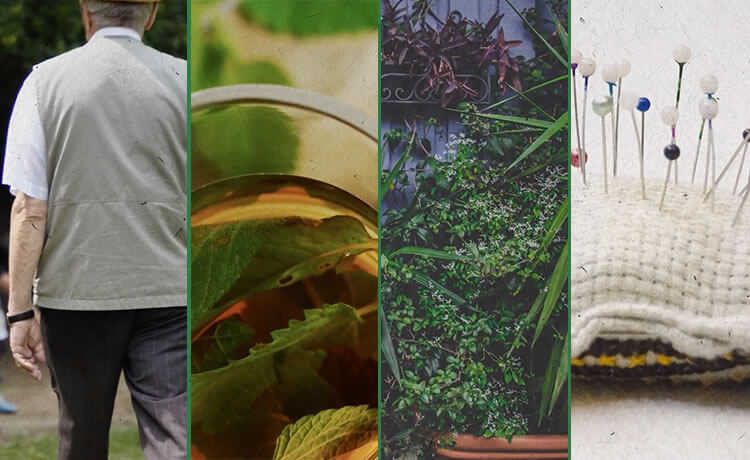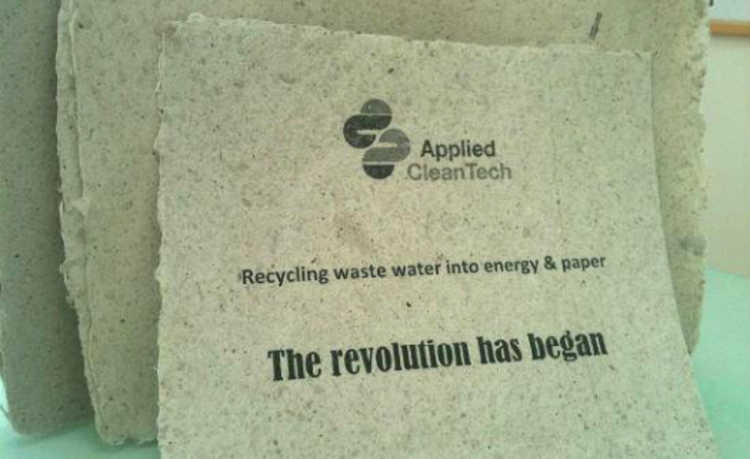Bins for selective collection: models and characteristics of collectors
Check out a list of ecological models of garbage bins for selective collection and their advantages

Dumpsters for selective collection are essential instruments for the proper disposal of waste. When we separate waste (or what is left of what we consume), we facilitate its treatment and reduce the chances of harmful impacts on the environment and on the health of life on the planet, including human life. Contributing to selective collection is a way to reduce the environmental impacts of consumption and production. Therefore, as advised by the National Solid Waste Policy (PNRS), solid waste management is a task that must have the contribution of everyone: companies, consumers, governments and organizations.
So, have you thought about installing trash bins for selective collection in your condominium, company, school, university or community space? The bins in the image above are well-known bins, which separate the types of waste by color (to learn more about this topic take a look at the article: "
"). They have a back and forth lid, are made from recycled toothpaste tubes and you can find them in different sizes, with a capacity of 30, 50 and 100 liters of garbage volume. But there are several types of collectors for different types of waste! Check it out:
- Selective collection in condominiums: how to implement
- What is selective collection?
- There are microplastics in salt, food, air and water
- Understand the environmental impact of plastic waste on the food chain
Mini recycling center

This mini recycling center is made of recycled material (toothpaste tube plates) and works as a set of trash cans for selective collection, as recyclable materials such as batteries, printer cartridges, clothing, electronics and even can be stored in it. even cooking oil. For the collection of the latter, the mini recycling center comes with a 50 liter drum and a funnel. And it's very easy to find a suitable place for this complete dump, as its measurements are one meter wide by 80 cm deep and 70 cm high.
Coverless collector
 This collector is also made from recycled toothpaste tubes and is included in the category of multipurpose garbage cans, and can be used to collect paper, cardboard, clothes, batteries, plastic, cartridges, batteries, among others. It stores up to 30 liters of waste from selective collection; and is available in measures: 29 cm wide, 29 cm deep and 44 cm high.
This collector is also made from recycled toothpaste tubes and is included in the category of multipurpose garbage cans, and can be used to collect paper, cardboard, clothes, batteries, plastic, cartridges, batteries, among others. It stores up to 30 liters of waste from selective collection; and is available in measures: 29 cm wide, 29 cm deep and 44 cm high.Cell and battery collector
 The cell and battery collector has recycled toothpaste and aluminum tubes as raw material, and is a great alternative for storing cells and batteries. It has the capacity to store up to 50 liters of waste and is available in dimensions: 25 cm long by 28 cm wide and 80 cm high. Cells and batteries are classified by legislation as hazardous waste, as when improperly disposed of, they can cause significant damage through chemical reactions and explosions. Thus, it is important to pack cells and batteries in trash bins for selective collection (to know how to discard cells and batteries, take a look at the article: "How to dispose of cells and batteries?").
The cell and battery collector has recycled toothpaste and aluminum tubes as raw material, and is a great alternative for storing cells and batteries. It has the capacity to store up to 50 liters of waste and is available in dimensions: 25 cm long by 28 cm wide and 80 cm high. Cells and batteries are classified by legislation as hazardous waste, as when improperly disposed of, they can cause significant damage through chemical reactions and explosions. Thus, it is important to pack cells and batteries in trash bins for selective collection (to know how to discard cells and batteries, take a look at the article: "How to dispose of cells and batteries?"). - Guide: which types of cells and batteries are best to use
- How are portable batteries and batteries recycled?
Container for lamps
 Produced from recycled toothpaste tube plates, aluminum and activated carbon, the lamp container has a storage capacity for up to 30 lamps of 1.20 m and 60 cm and is available in measures 25 cm in length by 30 cm in length. width and 1.25 meters high.
Produced from recycled toothpaste tube plates, aluminum and activated carbon, the lamp container has a storage capacity for up to 30 lamps of 1.20 m and 60 cm and is available in measures 25 cm in length by 30 cm in length. width and 1.25 meters high.Recycle bins for selective collection of light bulbs are essential, as improperly stored and discarded light bulbs can cause damage to the environment and health. Fluorescent lamps, once broken, release mercury gas, a substance highly harmful to all organisms (learn more about this topic in the article: "Mercury, cadmium and lead: the intimate enemies present"). Halogen lamps, on the other hand, do not contain mercury, but they can cause injuries to collection workers (if the glass in their composition breaks) and pollute the environment if they are incorrectly disposed of.
- Where to dispose of halogen lamps?
- Where to dispose of fluorescent lamps?
- Fluorescent lamps: from benefits to dangers
- Learn about the decontamination process for fluorescent lamps
- Mercury contaminated fish: a threat to the environment and health
- What is mercury and what are its impacts?
Vegetable oil collector
 The oil collector, also produced from recycled toothpaste and aluminum tubes, is a discreet product and comes with a 50 liter drum and a funnel attached. It has a storage capacity of up to 30 kg and is available in dimensions 40 cm wide by 53 cm deep and 80 cm high. Used oil contaminates thousands of liters of water if disposed of incorrectly. However, from the correct disposal through selective collection, it is possible to make soap, paints and even fuel, depending on the type and state of the oil.
The oil collector, also produced from recycled toothpaste and aluminum tubes, is a discreet product and comes with a 50 liter drum and a funnel attached. It has a storage capacity of up to 30 kg and is available in dimensions 40 cm wide by 53 cm deep and 80 cm high. Used oil contaminates thousands of liters of water if disposed of incorrectly. However, from the correct disposal through selective collection, it is possible to make soap, paints and even fuel, depending on the type and state of the oil. - Find out how, why and where to dispose of used cooking oil
- What to do with frying oil?
- Know how to dispose of used or expired automotive oil
- It's hot: learn to make soap with used cooking oil through thehot process
Collector with lid comes and goes
 The come-and-go collector (also made of recycled toothpaste tubes and aluminum) is another alternative in the trash can category for multipurpose selective collection. This type of collector can store paper, magazines, newspapers, plastic, aluminum, cardboard, glass, iron, among others; and has the capacity to store up to a thousand liters of waste volume. The collector comes with wheels, castors, tailgate with clasps and a raffia bag.
The come-and-go collector (also made of recycled toothpaste tubes and aluminum) is another alternative in the trash can category for multipurpose selective collection. This type of collector can store paper, magazines, newspapers, plastic, aluminum, cardboard, glass, iron, among others; and has the capacity to store up to a thousand liters of waste volume. The collector comes with wheels, castors, tailgate with clasps and a raffia bag.Non-recyclable collector
 Dumpsters for selective collection also need to store waste that is not recyclable. However, the possibility of materials being recyclable depends on economic feasibility, technologies available at the time, forms of storage, among other factors. In the case of food, for example, there is the possibility of recycling being done at home through composting (to learn more about this topic, take a look at the article: "What is composting and how to do it"). On the other hand, when recycling is not possible, you can use the non-recyclable collector. Like the other collectors mentioned in the article, the non-recyclable collector is made from recycled material and is available in the following capacities:
Dumpsters for selective collection also need to store waste that is not recyclable. However, the possibility of materials being recyclable depends on economic feasibility, technologies available at the time, forms of storage, among other factors. In the case of food, for example, there is the possibility of recycling being done at home through composting (to learn more about this topic, take a look at the article: "What is composting and how to do it"). On the other hand, when recycling is not possible, you can use the non-recyclable collector. Like the other collectors mentioned in the article, the non-recyclable collector is made from recycled material and is available in the following capacities: - 290mm x 290mm x 690mm - 30 Liters (weighs 10 kilos)
- 290mm x 290mm x 920mm - 50 Liters (weighs 11 kilos)
- 390mm x 390mm x 990mm - 100 Liters (weighs 12 kilos)
Implement selective collection in the condominium and gain financial return
Have you ever thought that implementing selective collection in the condominium, in addition to contributing to the environment, could bring financial returns? That's right. Understand this theme better in the articles: "Selective collection in condominiums: how to implement it", "Solutions for selective collection in condominiums", "Basic guide: Selective collection in condominiums".And know that it is also possible to implement selective collection in your company. To find collection points closer to your residence, consult the search engines at eCycle portal . To quote your selective collection project, just fill out the form below:










